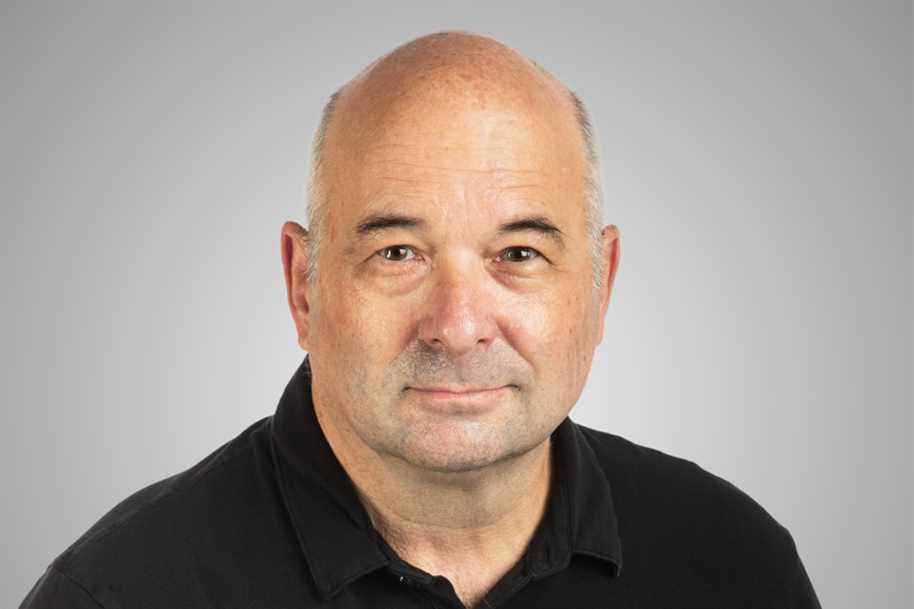In politics, you are never stronger than after a re-election. Because we will never hear again that we are a mishap. But above all because we are clearly in charge for four years. For all other politicians, this will impose a certain respect and, above all, an obligation to listen.
But re-election does not guarantee anything in itself. René Lévesque was easily re-elected after a spectacular first term for his achievements. He will have experienced a calamitous second term …
Still, for Mayor Valérie Plante – and for Montreal – this mandate opens up great possibilities as the city emerges from the pandemic and regains some momentum. So here are some suggestions for priorities, quite modestly.
Make the most of the new municipal dynamic
Everyone has noted that the municipal world has changed – for the better – thanks to the last election. We have greener, more progressive mayors and more women. Montreal must be at the forefront of this dynamic of change.
We saw some very interesting initiatives during the election campaign, such as when the candidates who proved victorious in Laval and Longueuil presented a joint action on housing.
This alliance of the third and fifth cities in Quebec would quickly become essential if the largest city in Quebec joined, with a certain ripple effect on other cities.
Such an alliance could also make it possible to regain a certain strength in the municipal world vis-à-vis the government of Quebec, which – regardless of the party in power – always tends to consider cities as its “creatures”.
In particular, it could breathe new life into a reform of municipal financing that has dragged on for decades. Everyone agrees that the property tax should no longer be practically the only source of financing for cities, it is high time for a reform.
Thoroughly review the Eastern REM project
East Montreal needs more public transit, but it doesn’t necessarily need the REM. More precisely, the east of Montreal does not need a new link with the city center – which is dictated only by the business model of the promoter of the project, CPDQ-Infra.
The link with the city center already exists, it is the green metro line which still has excess capacity east of Berri-UQAM. The real need is located to the east and north of the Honoré-Beaugrand station where complete sectors are landlocked, in particular Rivière-des-Prairies, a district to which many never kept promises have been made.
This REM will, in addition, duplicate existing infrastructures or those under construction. In addition to the green metro line, we are talking here about the SRB Pie-IX and the commuter train of the Exo 5 line which serves Repentigny, Terrebonne and Mascouche.
In addition, east Montreal has no need of the urban design disaster that is the REM, now that we can see in the West Island what these concrete pylons look like. No wonder the citizens of these neighborhoods are mobilizing against the project.
As this REM would be deployed almost entirely on the territory of the City of Montreal, the municipal administration must become something other than a spectator or an investor who can only adapt its infrastructures to the CPDQ-Infra project.
Invest in (large) parks
The pandemic has shown that the parks of Montreal – and more particularly the large parks – are the only backyard of thousands of Montrealers. In recent months, attendance at large parks has tripled.

PHOTO DAVID BOILY, PRESS ARCHIVES
Angrignon park
Yet these parks need love and, in some cases, major and urgent investment. Obviously, the needs are endless and the budgets are not. But we often have the impression that in Montreal, the parks come last. A short walk in Angrignon Park – one example among many – will be enough to convince you …
Create an infrastructure contingency fund
A few years ago, the Quebec government forced condo owners to have more substantial contingency funds. It is time for municipalities – and foremost, Montreal – to do the same for their infrastructure.
The Quebec government has such a fund for municipalities, but only for water. Montreal should set up a fund for other infrastructures, with the necessary participation of higher governments.
Especially since the infrastructures built immediately after the Second World War will soon need major investments. The time to act would be now.
As early as 1993, Jean Chrétien had counted on a municipal infrastructure investment program to revive the economy. Stephen Harper did the same in 2009. It is probably time to campaign for such an initiative again.
